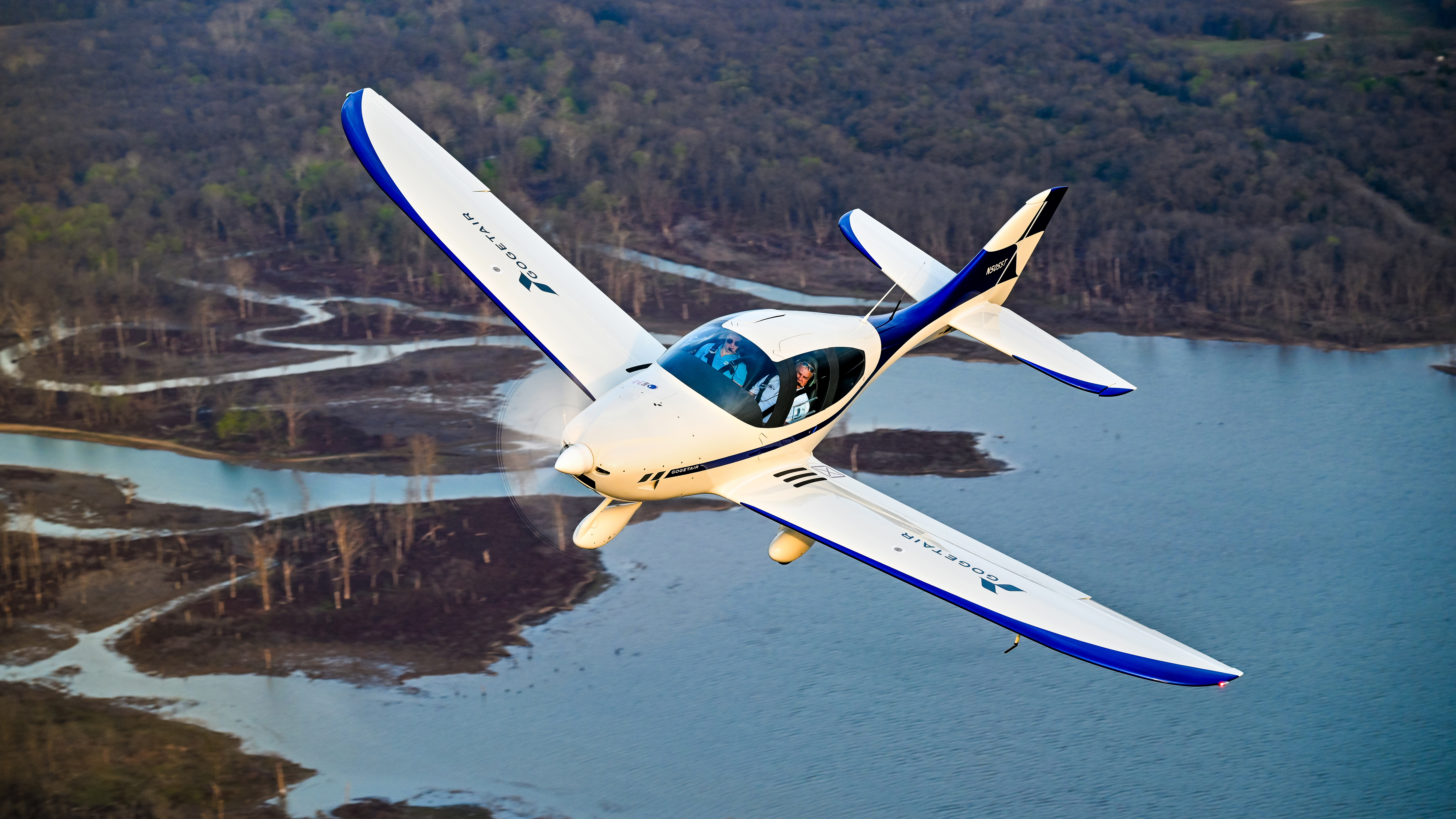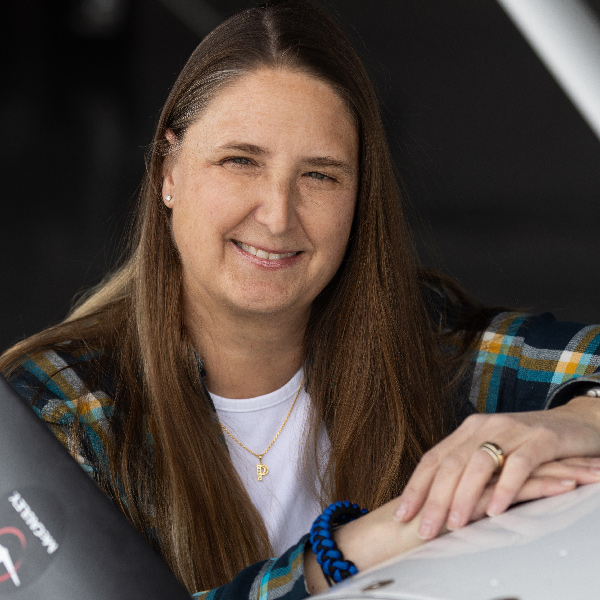The possibilities
MOSAIC offers many promises; will it deliver?

Pilots who are certified under those 20-year-old rules can now look forward to a much broader scope and expanded opportunities to fly, and more aircraft will qualify in the category.
This update, which has been a decade in the making, and what some people call a “wholesale transformation” of the sector, was mostly positive. But with these opportunities comes expanded risk and responsibility, and the safety issues that arise as a result must be addressed.
The light sport rules and sport pilot certificate created in 2004 were a pathway to make it easier to allow pilots to fly simpler, lighter aircraft, day-only VFR, with fewer passengers, shorter distances, and without a medical certificate. Sport pilots medically “self-certify” with a driver’s license and don’t have to go through the FAA certification process, removing a significant barrier to aviation for many.
The list of aircraft these pilots can fly is long, but the previous rules placed limits on powerplant, weight, and speed. MOSAIC radically redefines the light sport aircraft category and raises the size and performance capabilities of airplanes that can be flown by sport pilots. The rule now allows alternative propulsion systems such as electric and hybrid powertrains to be certified as light sport aircraft.
While the industry has broadly welcomed the changes, some have warned that the new allowances could pose issues for pilots not accustomed to flying such powerful and fast aircraft. With eligible aircraft no longer classified by weight but rather by stall speed, the sport pilot certificate, with its reduced training requirement (20 hours of time versus 40 hours for a full private certificate), may not adequately prepare those pilots to handle the complexity of the new technologies, advanced systems, or higher speeds.
The MOSAIC threshold of 59 knots clean stall speed will allow the sport pilot to fly an aircraft like a Cessna 172 or a Piper Cherokee. In fact, the vast majority of single-engine piston models will now qualify to be flown by sport pilots. Now that the new light sport aircraft rules are set, manufacturers are poised to bring even more new and modern models to market.
After we celebrate, it’s important that sport pilots approach the new possibilities in a smart and sensible way. That includes getting additional training and, for some operations, an additional endorsement. Sport pilots will also continue to self-manage their medical fitness to fly. While the option to not go through an FAA medical check is a relief for some, it saddles the fit-to-fly burden squarely on the pilot.
Approaching this expansion of one’s sport pilot privileges should be treated just like transitioning to any other new-to-you aircraft; the AOPA Air Safety Institute has dedicated an entire course. It will take some self-study and one-on-one time with an instructor to become comfortable with the higher velocity and the handling of the heavier, more powerful equipment.
The challenges—apart from speed and weight—also include learning different flows from different checklists in different environments on different systems and with different configurations. Night flying is now possible, as well as some commercial applications, such as aerial inspections, photography, and agricultural observation. MOSAIC will require an endorsement for some of these activities and a third class medical or BasicMed is required for night flying.
A great way to supplement your training, at a lower cost, is to fly in a simulator first, so you can get a feel for the new aircraft. According to the new rules, 2.5 hours of sim time can be credited toward the aeronautical experience requirements of a sport pilot certificate. Be sure to schedule recurrent training with an instructor within a few months, to ensure that you’re still doing everything right.
The new MOSAIC rules represent a marked and noteworthy shift in pilot training as well as in overall access to aviation. New, modern aircraft with lower operating and maintenance costs promise to attract more people into the sport pilot fold and allow those who are already here to spread their wings even more. What’s not to like about that? 



